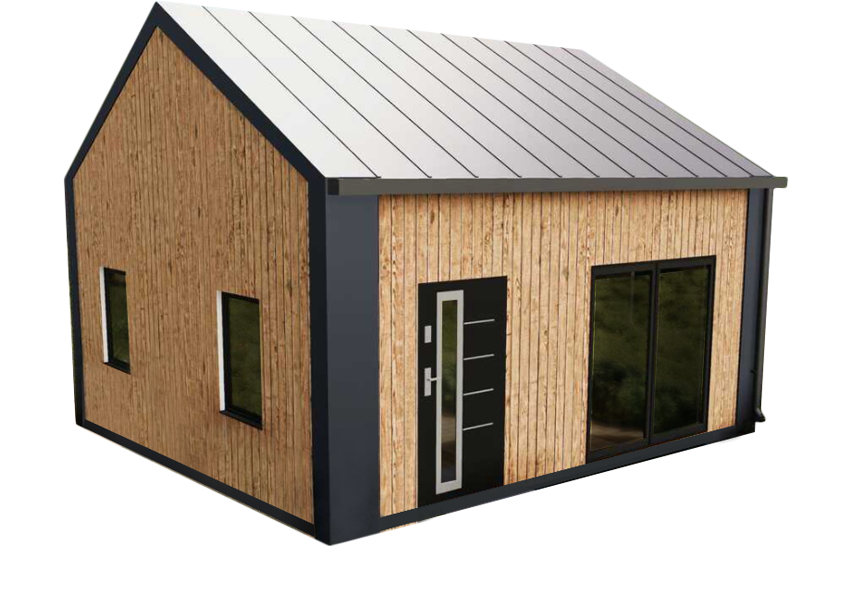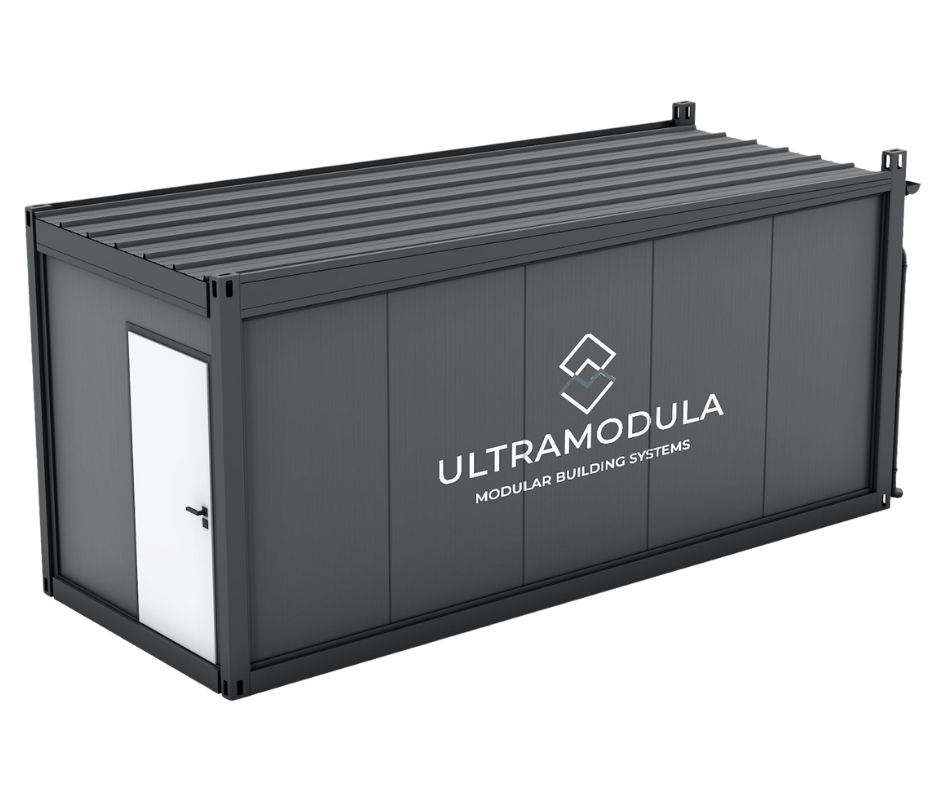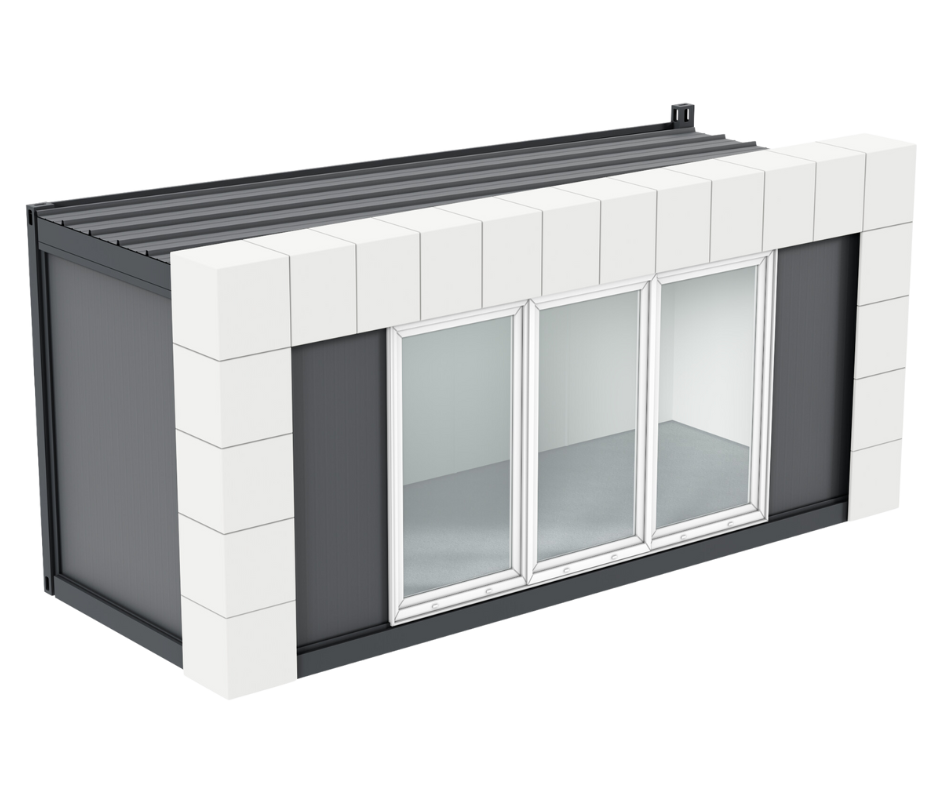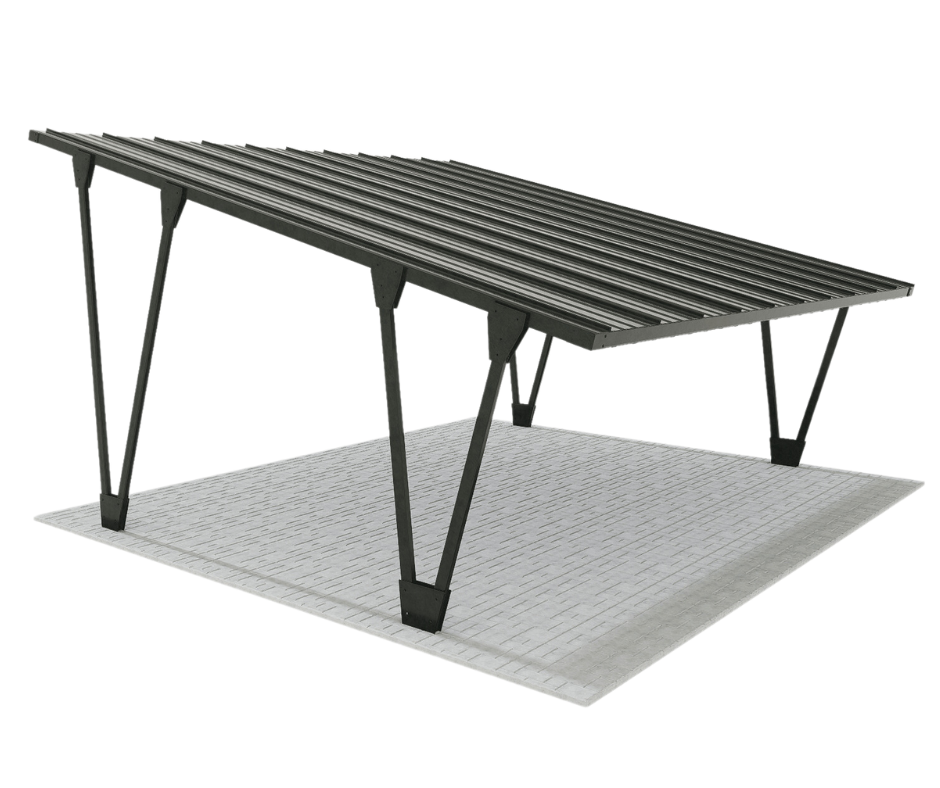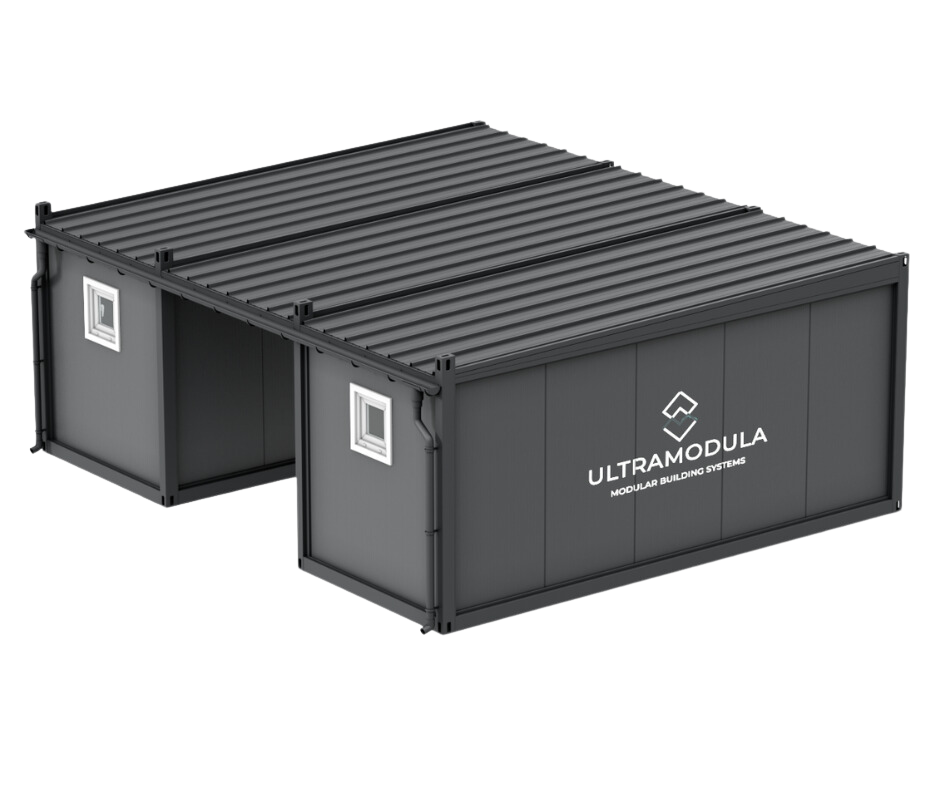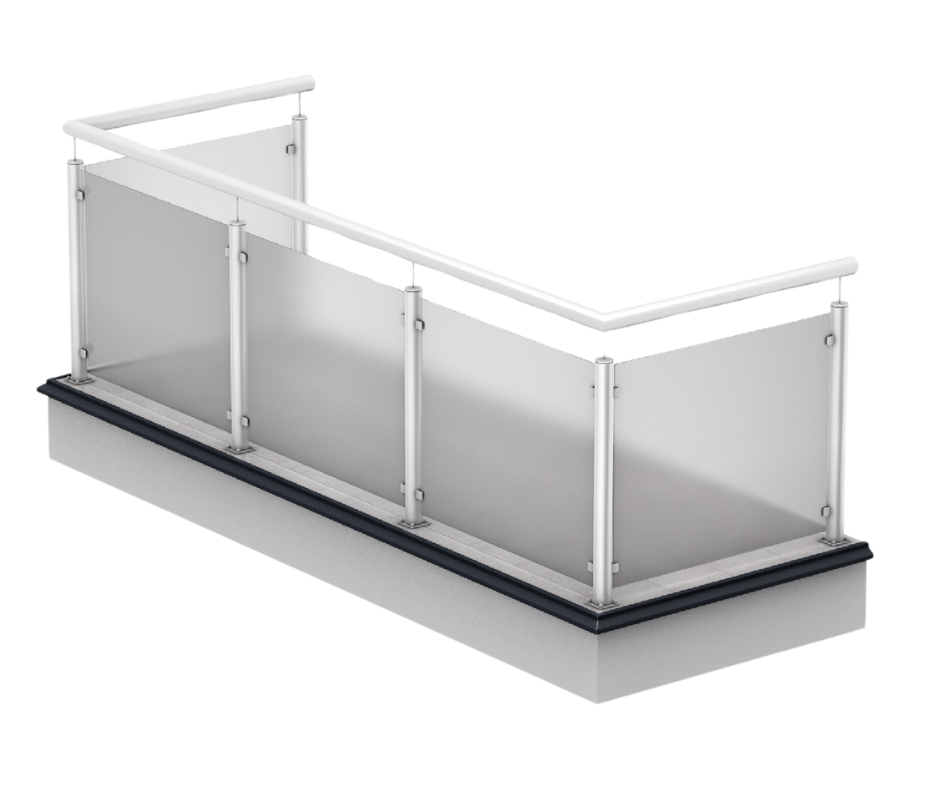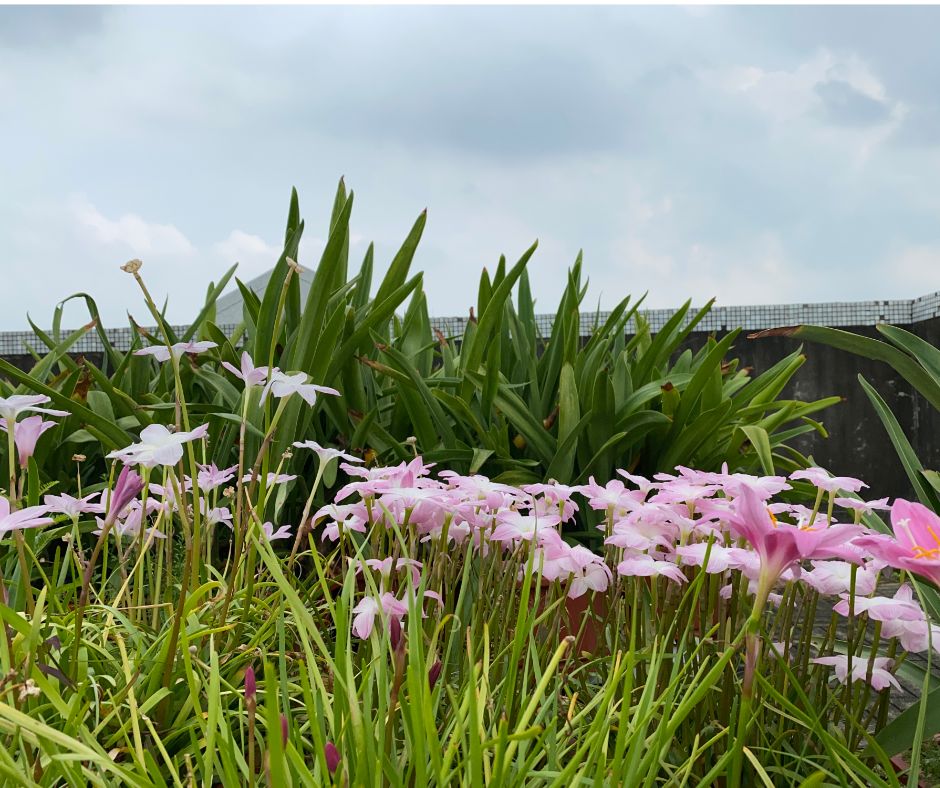More and more people are becoming aware of the impact their lifestyle has on the environment - including food, housing, daily shopping and transport. Construction, which is one of the most environmentally harmful sectors, is also becoming greener and newer green solutions are emerging, e.g. modular residential containers. To learn how to combine two trends: sustainability and containers, it is worth starting with what directions are currently used in environmentally conscious construction.
The 6 most important trends in sustainable construction of the XNUMXst century
As in many other areas, the number 1 trend in the construction sector is minimizing the negative impact on the natural environment. In this case, it consists in creating buildings and infrastructure that minimize the negative impact on the natural environment by reducing the consumption of energy, water and materials, as well as reducing greenhouse gas emissions and optimal use of natural resources. What are other trends in modern construction?
- Use of more planet-friendly building materials such as FSC-certified wood, recycled materials, low-CO concrete2or metal.
- Design and construction of facilities, not only residential, but also service or business facilities with high energy efficiency, which minimize energy consumption and greenhouse gas emissions. This includes thermal insulation, energy efficient heating and cooling systems, and the use of renewable energy.
- Recycling, i.e. using recycled materials, as well as designing buildings that are easy to dismantle and recycle at the end of their life.
- Resignation from harmful chemicals, such as volatile organic substances (VOC), phthalates, formaldehyde, etc. Safe and ecological substances are used instead.
- Designing buildings that provide healthy and comfortable living conditions for residents through proper ventilation, air filtration, optimal lighting, acoustics and thermal comfort.
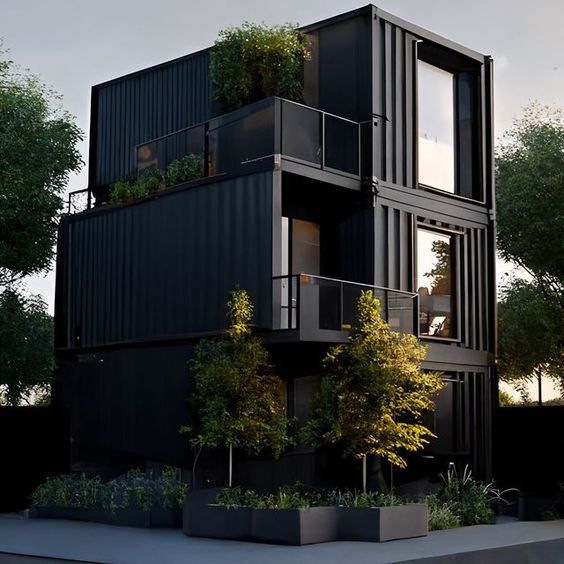
transforming containers into residential units
Planet friendly materials
It is worth taking a closer look at the materials used in sustainable construction to better understand that the construction of containers perfectly fits these expectations. Both in standard containers We can find many of these solutions in both residential and modular houses.
- Wood is one of the most popular materials in sustainable construction. It is renewable, biodegradable and has a low environmental impact compared to other materials. Wood can be used for construction, interior finishing, and also as insulation thermal.
- In sustainable construction, concrete with reduced CO emissions is used2, which can be produced with the addition of recycled materials or replaced with other materials such as geopolymers, for example.
- Recycled materials such as bricks, wood, metal or glass, which may come from the demolition of other buildings or be recycled from waste, are an increasingly common practice. But also materials that can be recycled.
- Ecological insulating materials, i.e. mineral wool, cellulose wool, or less popular hemp wool. These materials are environmentally friendly and at the same time extremely effective in thermal and acoustic insulation.
- Ceramic roof tiles and traditional bricks are durable, resistant to weather conditions and can be used many times. They have a low environmental impact and are often the chosen solution in sustainable construction.
- Steel has been used in construction for years because of its strength and durability. Out of concern for the environment, manufacturers focus on recycled steel, which contributes to reducing the consumption of natural resources.
- Composite materials, such as composite façade panels or composite decking boards, are becoming more and more common. They are lightweight, durable and weather resistant.
Container construction and sustainable development
Container facilities are environmentally friendly, because their production generates a minimum amount of waste, and they can also be recycled. Most importantly, to them construction materials that are in line with the contemporary trends in sustainable construction are used.
Steel: durable and kind to the planet
Residential containers are based on a frame with standardized dimensions made of steel sheets. It is one of the popular solutions used in sustainable construction due to its durability and recyclability. Container walls consist of replaceable panels (door, window or solid). These panels can be placed in different places, depending on the needs. For example, the door can be placed on the short or long side, and the number of window panels can be adjusted depending on the purpose of the container.
Stylish facades
Cottages modular buildings owe their unique appearance primarily to the unconventional façade. The combination of natural wood with steel elements not only looks great and attracts attention, but is also an ecological solution. This form of finishing is a perfect example of combining two trends: sustainable development and containers as an alternative form of housing construction.
Ecological and effective insulation
Living containers offered by reputable manufacturers are well insulated and sound insulated. In the insulation process, mineral wool is most often used for this purpose, which does not have a negative impact on the natural environment, such as polystyrene. The recommended thickness of such a layer of wool is about 100 mm, which should always be combined with a vapor barrier foil. Equally important as the insulation of the walls is the issue of thermal protection of the roof, because as we know, heat escapes from the roof building usually occurs in the upper part. In the case of the roof, mineral wool with foil is also used. Proper insulation is crucial for living comfort. Thanks to it, the building is warm in winter, but also in summer, the temperature inside is pleasant, not unpleasant heat.
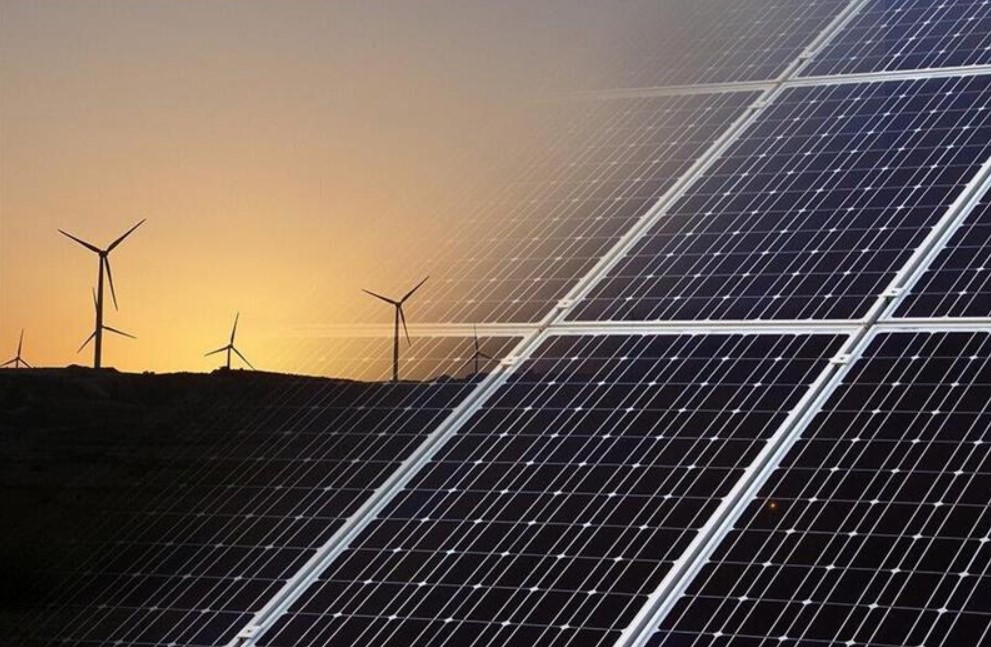
Wind turbines and solar panels
Energy efficiency and the possibility of using renewable energy in residential containers
Considering the issue of combining the trend of sustainable development and containers, it is impossible not to mention energy issues. Reducing the consumption of raw materials for energy production is one of the key issues of modern ecology. How this aspect of environmental care is implemented by buildings container? Are they really kind to the planet in this respect?
Firstly, container buildings are energy efficient. Solid insulation used by reputable manufacturers allows you to maintain the right temperature inside the facility. Thus, it helps to reduce heat loss and saves energy needed for heating or cooling.
In addition, the containers can be equipped with various renewable energy generation systems. Certainly, the most popular option is photovoltaic panels, which allow the use of solar energy to produce electricity. The installation can be easily placed on or near the roof of the container to take full advantage of natural light sources. The electricity generated in this way can cover even 100% of the facility's electricity needs (power for lighting, electrical equipment and heating systems).
Wind turbines are another promising source of renewable energy. Their choice for buildings container is less obvious but just as environmentally beneficial as photovoltaics. The turbines are characterized by exceptional efficiency and can be easily installed both on the roofs of containers and on special masts. There are many benefits to using wind. Firstly, it is independent of the time of day or cloud cover, which means that wind turbines can produce energy even at night or during a cloudy day. In addition, an extremely clean source of energy that does not generate emissions of carbon dioxide or other harmful substances, and the wind is available practically everywhere, which makes wind turbines a potential energy solution in various areas, not only those well exposed to sunlight.
Another option is geothermal, i.e. a technology that is based on the use of thermal energy coming from the earth's interior and converting it into electricity. It is increasingly considered as an attractive alternative to traditional energy sources such as coal or gas. Its effectiveness and reliability have a significant impact on the reduction of carbon dioxide emissions into the atmosphere, which is a key element in the fight against climate change.
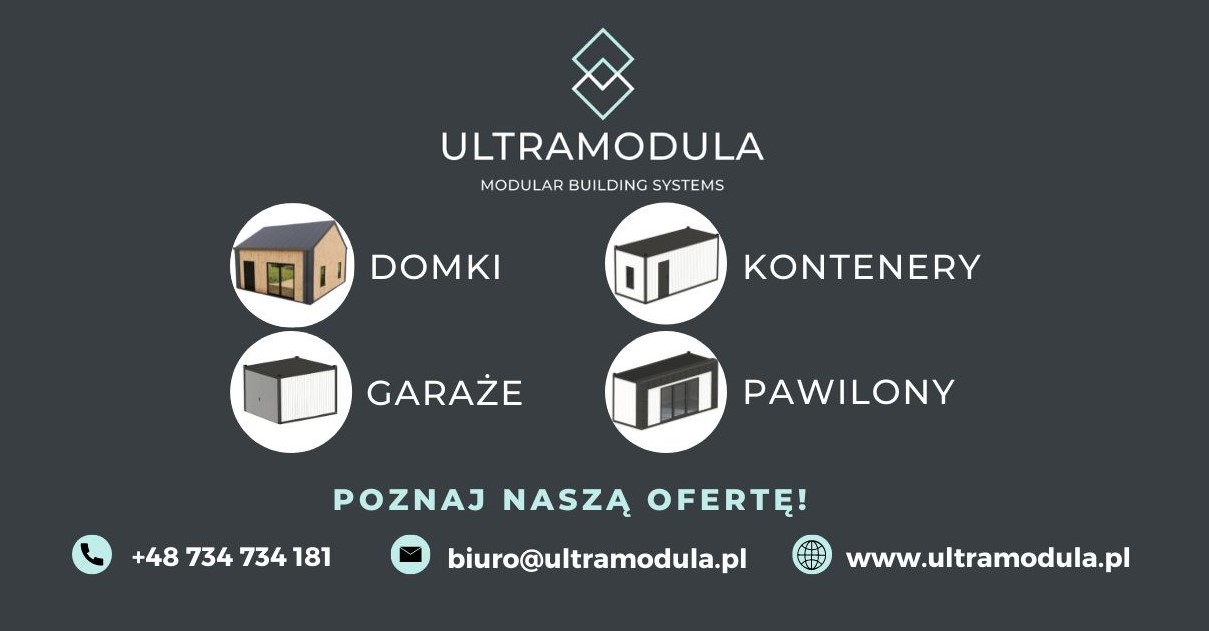
Ultramodule | Manufacturer containers
Sustainability and containers are a perfect pair
The combination of sustainability and habitable containers is a promising trend in the field of construction. Living containers offer many benefits related to the reduction of material and energy consumption, the use of recycled materials, energy efficiency and the possibility of using renewable energy. Prospects for the development of residential containers are promising, and further innovations can contribute to even greater use of their potential in the context of sustainable development.

